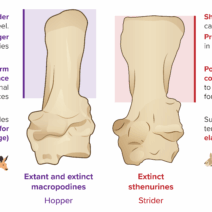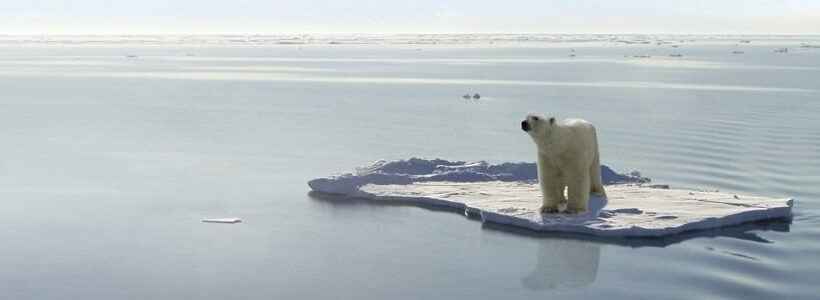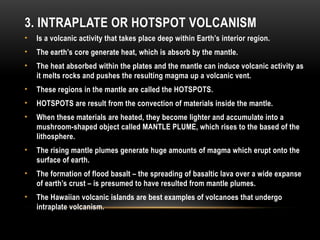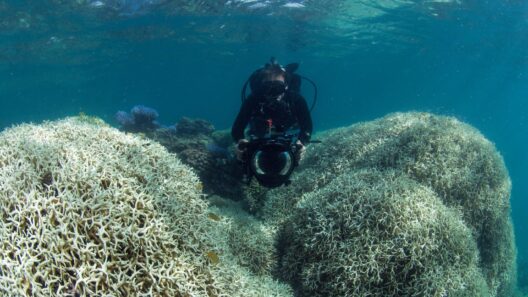Global warming is a contentious issue that elicits a multitude of opinions and emotions. However, it is imperative to rely on scientific evidence and data to ascertain the validity of climate change claims. The overwhelming consensus among climate scientists is that global warming is happening, primarily due to human activities. Understanding how scientists prove the existence of global warming involves delving into various methodologies, including direct measurements, historical data analysis, satellite observations, and climate modeling.
One of the most compelling pieces of evidence for global warming stems from temperature records. For over a century, scientists have meticulously gathered and analyzed surface temperature data from weather stations around the globe. This data reveals a significant upward trend in average global temperatures, particularly since the late 20th century. The Intergovernmental Panel on Climate Change (IPCC) reports that the Earth has warmed approximately 1.1 degrees Celsius since the late 1800s. Such statistics offer a clear indication that the planet is indeed experiencing a warming phase, a phenomenon that correlates strongly with increased greenhouse gas emissions from human activities such as fossil fuel combustion and deforestation.
In addition to surface temperature records, satellite technology has greatly expanded our ability to monitor changes in the Earth’s climate. Since the late 1970s, satellites have been deployed to measure various atmospheric parameters, including sea surface temperatures, greenhouse gas concentrations, and ice sheet extents. For instance, satellites equipped with advanced sensors can observe the thermal emissions from the Earth and discern changes in heat retention in the atmosphere. These observations align with ground-based measurements and underscore the reality of rising temperatures over the decades.
Another critical element in validating global warming is the analysis of ice core samples. Ice cores, drilled from ice sheets in Greenland and Antarctica, contain trapped air bubbles that are invaluable for reconstructing historical climate conditions. By analyzing the gas composition within these bubbles, scientists can infer atmospheric concentrations of greenhouse gases such as carbon dioxide and methane over hundreds of thousands of years. The data derived from ice cores illustrates a stark correlation between atmospheric carbon levels and global temperatures, indicating that the current spike in greenhouse gas concentrations is unprecedented in the context of the Earth’s geological history.
Climate models also play a pivotal role in understanding and projecting the effects of global warming. These sophisticated computational simulations account for various climatic factors, including solar radiation, ocean currents, and the composition of the atmosphere. By inputting current trends and known physical laws, researchers can simulate future climate scenarios under different emissions trajectories. The robustness of these models lies in their ability to replicate past climate variations accurately, reinforcing confidence in their projections. Through these models, scientists can predict the potential impacts of ongoing greenhouse gas emissions, such as temperature increases, sea-level rise, and extreme weather events.
Furthermore, the rise in ocean temperatures and the acidification of seawater provide additional confirmation of global warming trends. Oceans absorb approximately 30% of the carbon dioxide produced by human activities, leading to a chemical reaction that reduces pH levels, resulting in more acidic waters. This change affects marine ecosystems, impacting biodiversity and fisheries. Observations reveal that ocean temperatures have risen, disrupting marine life, and leading to phenomena such as coral bleaching. These changes are critical indicators that illustrate the broader implications of a warming planet.
Additionally, the phenomenon of shrinking glaciers and polar ice caps offers visual and tangible evidence of global warming’s effects. Many of the world’s glaciers have been retreating at alarming rates, resulting in rising sea levels that threaten coastal regions worldwide. Satellite imagery and on-the-ground research substantiate these observations, documenting the dramatic loss of ice mass in glacial regions. The Arctic, in particular, has been warming approximately twice as fast as the global average, leading to significant changes in habitat and threatening the existence of species dependent on ice-covered landscapes.
It is also noteworthy to mention the increased frequency and intensity of extreme weather events, which can be linked to climate change. As the climate system becomes more volatile, phenomena such as hurricanes, droughts, floods, and heatwaves are occurring with greater regularity and severity. Studies indicate that these extreme weather patterns are exacerbated by the warming climate, presenting real challenges for communities and ecosystems alike. Data corroborate these trends, reinforcing the message that climate change is a tangible and immediate concern.
In conclusion, the scientific evidence supporting global warming is extensive and multifaceted. From long-term temperature records and satellite observations to ice core analyses and sophisticated climate models, an array of methodologies converge to demonstrate the reality of this phenomenon. The implications of global warming are profound and far-reaching, necessitating immediate action to mitigate its effects and adapt to the changes that are already underway. Understanding the science behind global warming armors us with the knowledge to advocate for policies and practices that promote environmental sustainability, ensuring a healthier planet for future generations.







